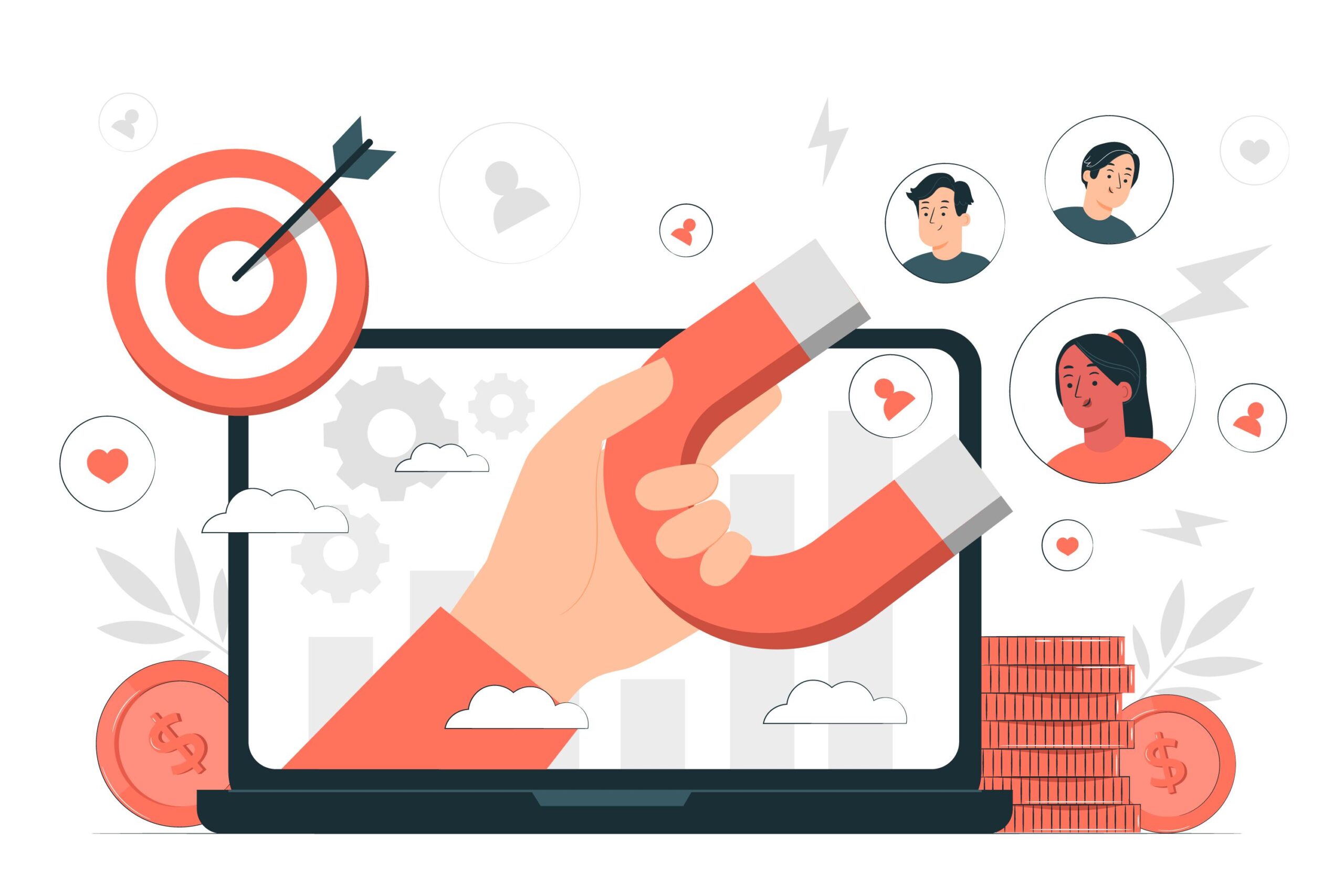1.5 Introduction to Data analytics :
Data analytics is the process of collecting, organizing, and analyzing large sets of data in order to gain insights and make better business decisions. It involves using a variety of tools and techniques to extract valuable information from data, and can be applied to a wide range of industries and applications.
There are several key steps involved in the data analytics process:
- Data collection: This involves gathering data from a variety of sources, such as web logs, social media, customer databases, and sensors.
- Data preparation: Once the data has been collected, it needs to be cleaned, transformed, and organized in a way that makes it ready for analysis. This often involves removing inconsistencies, filling in missing values, and converting data into a consistent format.
- Data exploration: In this step, analysts will look at the data in various ways to get a sense of its overall structure and content. This could involve generating summary statistics, creating visualizations, and identifying patterns and trends.
- Data modeling: This involves applying statistical or machine learning techniques to the data in order to build predictive models or identify underlying relationships.
- Data visualization: Once the data has been analyzed, it’s often useful to present the results in a visual format, such as charts, graphs, or maps. This can make it easier to understand and communicate the insights derived from the data.
Data analytics can be applied to a wide range of industries, including finance, healthcare, retail, and marketing. Some common applications of data analytics include:
- Customer segmentation: Analyzing customer data to identify distinct groups of customers with similar characteristics or behavior.
- Fraud detection: Using machine learning algorithms to identify suspicious activity or transactions.
- Supply chain optimization: Analyzing data from suppliers, logistics, and production to identify bottlenecks and improve efficiency.
- Predictive maintenance: Using data from sensors and equipment to predict when maintenance will be needed and prevent downtime.
There are many tools and technologies that are used in data analytics, including:
- Data visualization software: Tools like Tableau and Power BI allow analysts to create interactive charts and graphs to explore and present data.
- SQL: Structured Query Language (SQL) is a programming language used to manipulate and analyze data stored in relational databases.
- Machine learning: Machine learning algorithms use data to learn and make predictions or decisions without being explicitly programmed to do so.
- Excel: Microsoft Excel is a widely used spreadsheet software that can be used to perform basic data analysis tasks, such as sorting and filtering data, creating charts, and calculating summary statistics.
To be successful in data analytics, it’s important to have strong analytical skills and be comfortable working with data. Familiarity with programming languages and statistical concepts can also be useful.
